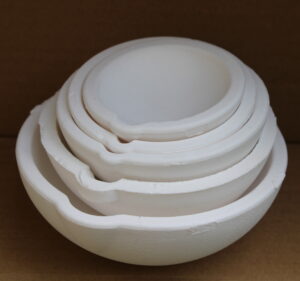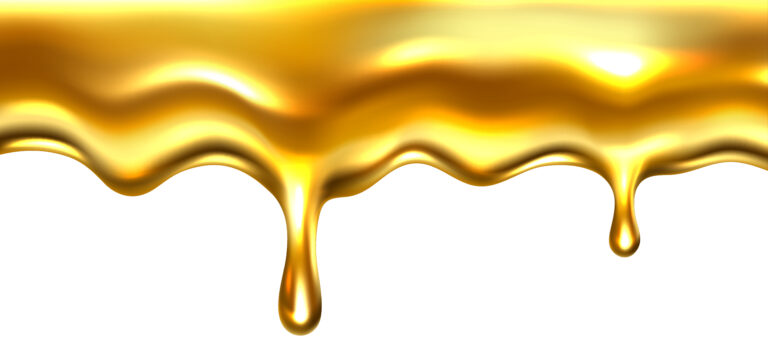
What are the characteristics and natural indications that there is gold in an area?
The dream of striking it rich with gold has captivated humanity for centuries. While the image of a lone prospector panning for gold in a mountain stream persists, successful gold exploration requires a deeper understanding of geology and the subtle indicators that point towards gold deposits. This article explores the key characteristics and natural signs that can suggest the presence of gold in a particular area, providing both seasoned prospectors and curious readers with valuable insights into the science and art of gold discovery. We’ll delve into geological formations, associated minerals, and even the landscape itself to unveil the secrets hidden beneath the surface. Understanding these indicators can significantly increase your chances of success in your gold-finding endeavors, whether you’re a professional geologist or an enthusiastic amateur.
The allure of gold has driven exploration and discovery for millennia. But finding gold isn’t simply a matter of luck; it’s a process informed by knowledge and observation. Understanding the geological processes that lead to gold deposition, and recognizing the associated visual clues, dramatically improves the odds of successful prospecting. This guide will equip you with the essential knowledge to identify areas with a higher probability of containing gold, saving you time, resources, and ultimately, increasing your chances of making a significant discovery. Whether you’re panning for gold in a creek or analyzing geological maps, this information provides a crucial foundation for your exploration.
- Can I find gold just anywhere? A: No, gold is not evenly distributed across the Earth’s surface. It’s concentrated in specific geological environments. Understanding these environments is key to successful prospecting.
- What are the most common ways gold is found? A: Gold can be found in various forms, including placer deposits (in streams and rivers), lode deposits (within rock formations), and alluvial deposits (in unconsolidated sediments).
- Is it legal to prospect for gold everywhere? A: No. Always check local, state, and federal regulations before prospecting. Many areas have restrictions or require permits. Unauthorized prospecting can lead to significant fines.
Geological Formations Associated with Gold
Gold deposits are rarely found in isolation. They are often associated with specific geological formations and processes. Understanding these formations is crucial for narrowing down your search area.
- Quartz Veins: Gold frequently occurs within quartz veins, which are mineral deposits formed from hydrothermal fluids. The presence of visible quartz veins, especially those exhibiting fracturing or alteration, is a strong indicator.
- Greenstone Belts: These ancient volcanic rock formations are known for hosting significant gold deposits. The intense alteration and shearing within greenstone belts create favorable environments for gold mineralization.
- Porphyry Deposits: These large, intrusive igneous rock bodies often contain disseminated gold mineralization. The presence of altered porphyry rocks, characterized by their distinctive textures and colors, can signify gold potential.
- Fault Zones: Gold is often deposited along fault zones, where fractures in the Earth’s crust allow hydrothermal fluids to circulate and deposit minerals. The presence of significant fracturing and brecciation is a noteworthy sign.
- Sedimentary Rocks: Gold can be found in sedimentary rocks, particularly those derived from the erosion of gold-bearing formations. The presence of conglomerates or other sedimentary rocks with heavy mineral concentrations warrants investigation.
- Hydrothermal Alteration: Changes in the rock’s mineralogy, texture, and color due to the passage of hot, mineral-rich fluids (hydrothermal alteration) often signal nearby gold deposits. Specific alteration minerals, such as sericite or pyrite, are common indicators.
Associated Minerals Indicative of Gold
Certain minerals are frequently found in association with gold deposits. Their presence can act as a valuable “pathfinder” indicating the possibility of gold nearby.
- Pyrite (“Fool’s Gold”): While not gold itself, pyrite’s presence often suggests a hydrothermal system capable of depositing gold. Large quantities of bright, brassy pyrite warrant further investigation.
- Galena: This lead sulfide mineral is commonly associated with gold deposits in certain geological settings. The presence of galena, especially in association with other sulfide minerals, is a positive indicator.
- Chalcopyrite: This copper iron sulfide mineral is another important indicator. Its association with other sulfides and gold can signal a rich hydrothermal system.
- Arsenopyrite: This arsenic-containing iron sulfide mineral is a strong indicator of gold mineralization. Its presence suggests a high-temperature hydrothermal system favorable for gold deposition.
- Tellurides: These gold-bearing minerals are less common but are highly indicative of high-grade gold deposits. Their discovery is a significant find.
Landscape Features and Surface Indicators
While subsurface geology is crucial, surface features can also provide valuable clues about the potential presence of gold.
- Placer Deposits: These are accumulations of gold in streams, rivers, and other watercourses. Look for areas with fast-flowing water that slows down, allowing heavier gold particles to settle.
- Streambeds and Gravel Bars: Gold often concentrates in these areas, where the current slows down and allows heavier particles to settle out. Careful panning in these locations can yield significant results.
- Ancient River Channels: These buried channels can contain significant gold deposits. Geological mapping and geophysical surveys can help locate these buried channels.
- Erosion Features: Areas where erosion has exposed bedrock can reveal gold-bearing veins or structures. Cliff faces, stream cuts, and road cuts are excellent locations for prospecting.
Gold-Bearing Rock Types
Identifying the type of rock can be crucial in your search for gold. Some rock types are more likely to host gold deposits than others.
- Granite: While not always directly associated with gold, granite can host hydrothermal veins containing gold.
- Basalt: Certain types of basalt can host gold deposits, particularly in volcanic settings.
- Schist and Slate: These metamorphic rocks, formed under high pressure and temperature, can contain gold within their layers.
- Conglomerates: These sedimentary rocks are formed from rounded pebbles and gravel, and they can contain gold placer deposits.
Finding gold requires a blend of scientific knowledge, practical skills, and a bit of luck. However, by understanding the geological formations, associated minerals, and landscape features described above, you can significantly improve your chances of success. Remember that prospecting responsibly is crucial – always respect the environment and adhere to all local regulations. The thrill of discovery lies not just in finding gold, but in the process of understanding the Earth’s geological story and uncovering its hidden treasures. Armed with this knowledge, you are better equipped to embark on your own gold-seeking adventure, turning potential into possibility.




